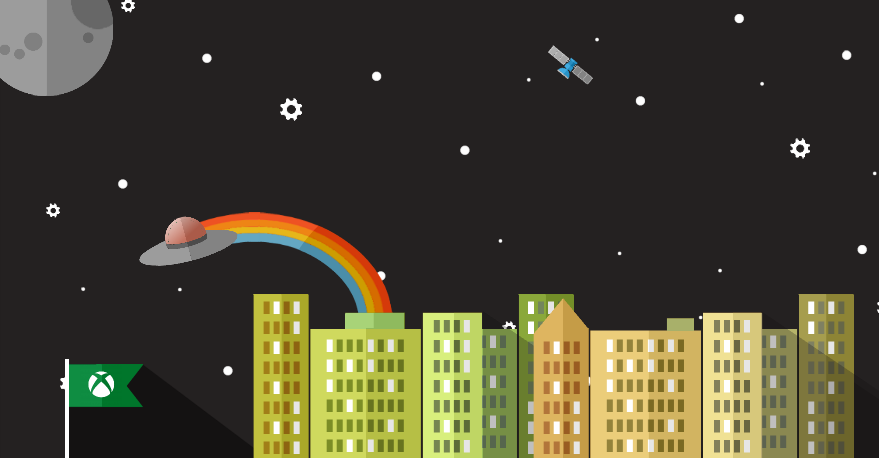For the most part, traveling between star systems in Starfield is automated and you’ll do it through the menu(s) using your grav drive to grav jump between systems. Sometimes, though, there’s one extra step.
Our Starfield grav drive guide explains how to power up your grav drive for a grav jump, plus an explanation of what that pesky “grav drive pending” warning means, and a rundown of the grav drive’s limitations.
How to grav jump
:no_upscale()/cdn.vox-cdn.com/uploads/chorus_asset/file/24868237/Starfield_Starmap.png)
Your first visit to a new star system means picking the star from the menu, jumping to the star system, picking a planet (or moon) to visit, and then landing on that planet at a landing target. Once you’ve done all that, you can fast travel to that landing target again with a lot less work.
How to power up your grav drive
Performing a grav jump, though, requires you to have power available for your grav drive. While piloting your ship, you’ll see your power distribution in the lower left of your HUD. This is how you’ll balance out power to your weapons, shields, and engines during combat (by using the D-pad). It’s also where you’ll assign power to the grav drive.
What ‘grav jump pending’ means
:no_upscale()/cdn.vox-cdn.com/uploads/chorus_asset/file/24892371/Starfield_grav_jump_pending.png)
If your grav drive is completely powered down and there’s no extra power from the reactor available, you’ll get a warning on your screen that says “grav jump pending.” This just means that you’ve picked out a destination in the Starmap menu, but the grav drive doesn’t have power. As soon as you free up power and assign at least one slot of juice to the grav drive, the countdown will start and you’ll jump away.
The speed of that countdown is not measured in seconds, mind you. It’s actually a measure of how much power you have assigned. If you only have one notch allocated to the grav drive, it’ll tick down slowly. If you max it out, it’ll count down quickly — helpful information if you’re trying to grav jump out of a firefight.
How far can you grav jump?
There are a few limitations on how far your ship can grav jump. Mostly, you’ll see this as warning on the Starmap saying you can’t take the trip your plotting.
It’s never really clear, though, how to resolve the issue(s). The limitations are all interconnected, and involve three things: the route, the grav drive jump range, and your fuel.
Route
:no_upscale()/cdn.vox-cdn.com/uploads/chorus_asset/file/24892637/Starfield_grav_drive_jump_unexplored_route.PNG)
If you hover over a distant star in the Starmap, you’ll notice that the route it plots for you isn’t a straight line — it bounces between stars in shorter (grav) jumps that eventually end up at your target. But you can’t make any trip that jumps through a star system you haven’t visited before and, if you try, you’ll see an “Unexplored route” warning.
This is represented visually by certain legs of your trip turning red (parts you’re able to jump are in white). Trace that red part of the line back to where it stops being white, and that’s the first system you haven’t visited yet.
Grav drive jump range
:no_upscale()/cdn.vox-cdn.com/uploads/chorus_asset/file/24892638/Starfield_grav_drive_jump_range.PNG)
The next, slightly more intuitive limitation comes from your ship’s grav drive. How far your ship can jump — its jump range — is the maximum distance between two stars (legs on that long route) your ship can handle. If you try to make a jump that exceeds your jump range, you’ll see a “Out of range” warning on the Starmap.
Your ship’s grav drive you have determines the maximum that its range can be, but the mass of your ship will reduce it. In order to increase your jump range, you’ll have to upgrade to a better grav drive with the Ship Builder.
Fuel
The last limitation is fuel — and it’s much less clear how this works. The route you take to get between systems is made up of smaller jumps through systems you’ve visited before (see above). The maximum distance covered by each of those legs is determined by your grav drive’s jump range (above). The number of legs that make up any given trip is limited by your fuel.
:no_upscale()/cdn.vox-cdn.com/uploads/chorus_asset/file/24892639/Starfield_grav_drive_jump_fuel_range.PNG)
Each leg eats up some of the fuel, so your maximum fuel limits the number of jumps any given trip can involve. If you try to plot a route that uses more fuel than your ship can carry, you’ll get a “Out of fuel range” warning.
You’ll need to upgrade your fuel tank(s) in the Ship Builder to take those really long trips.





